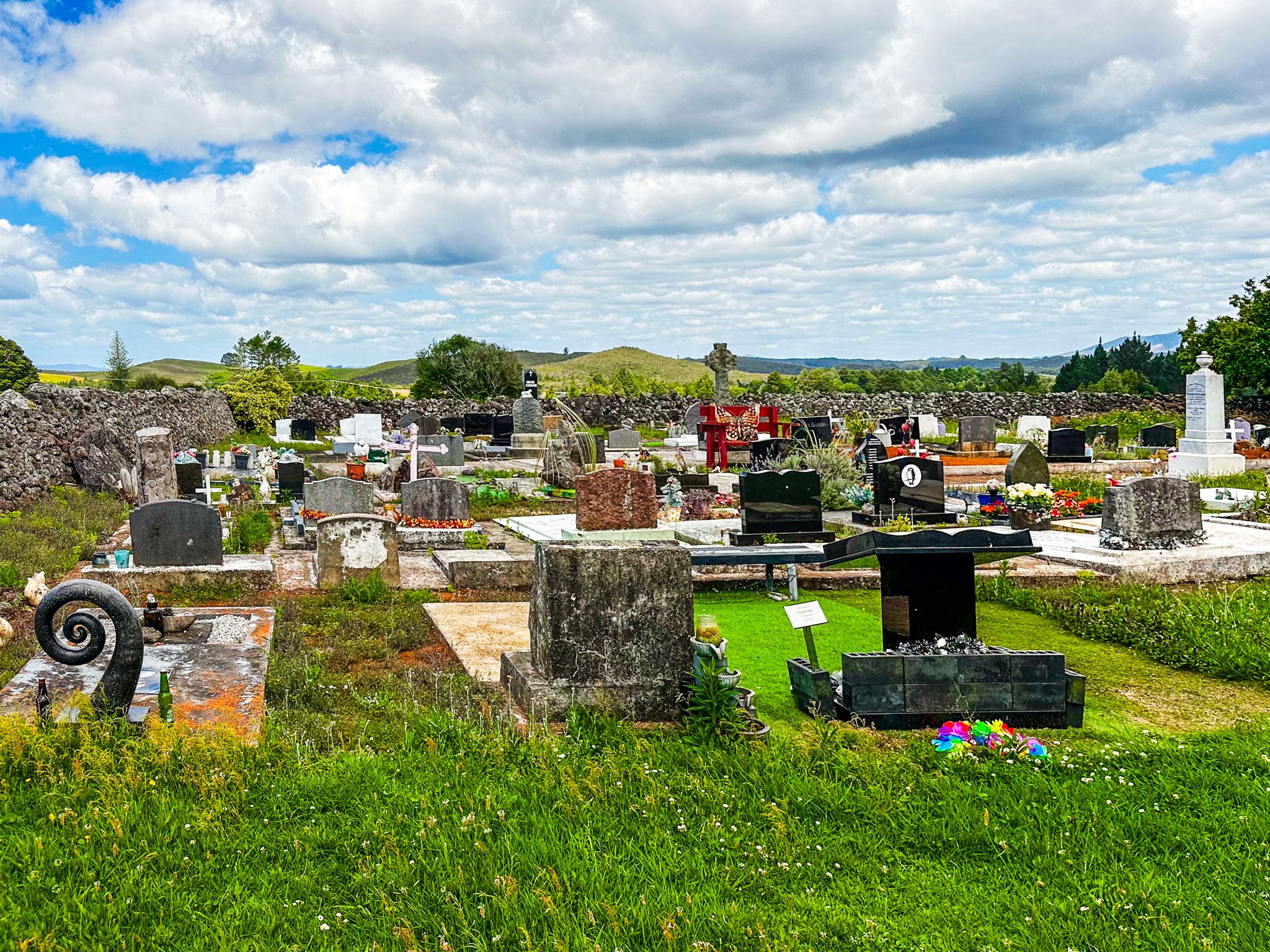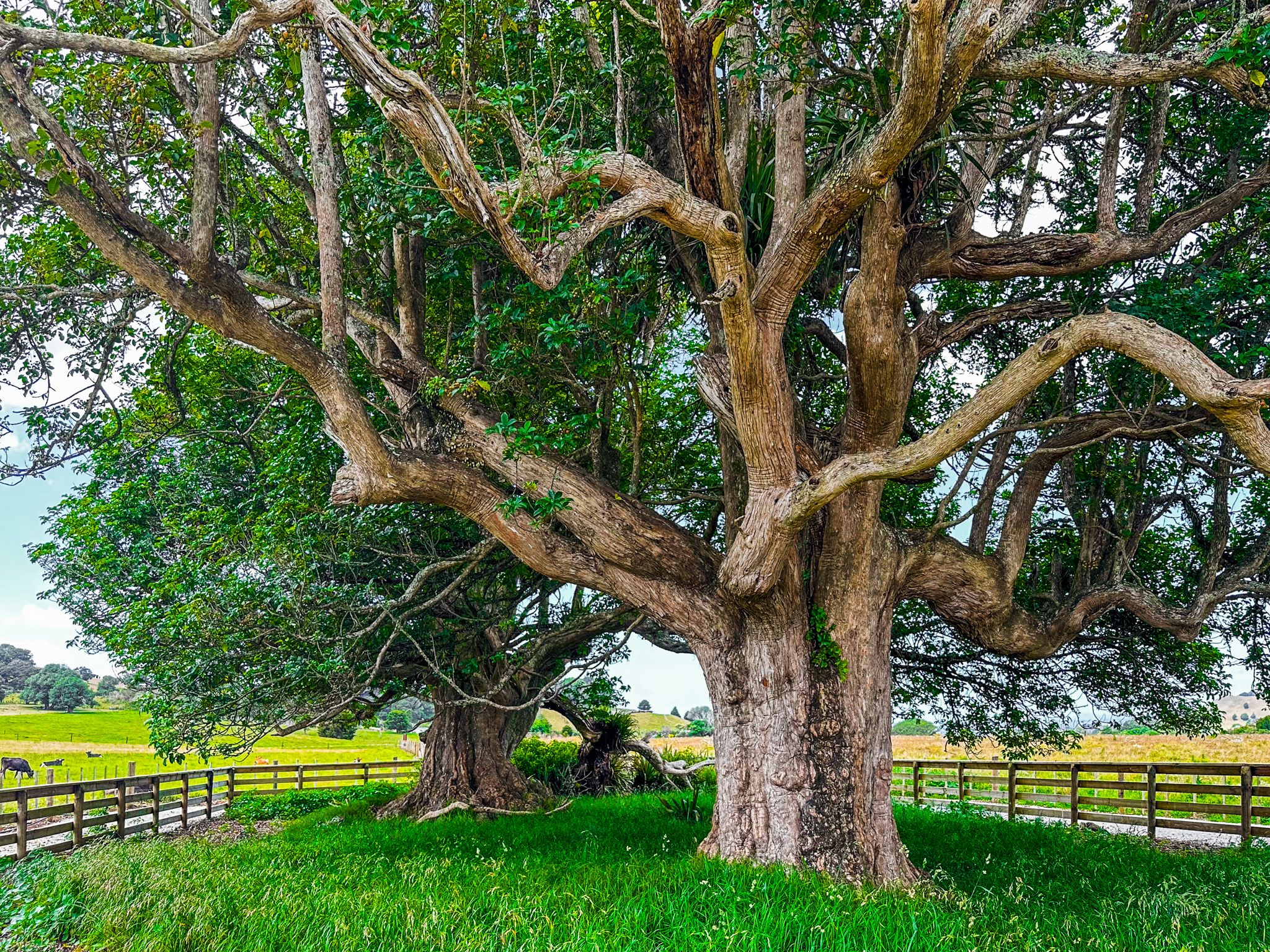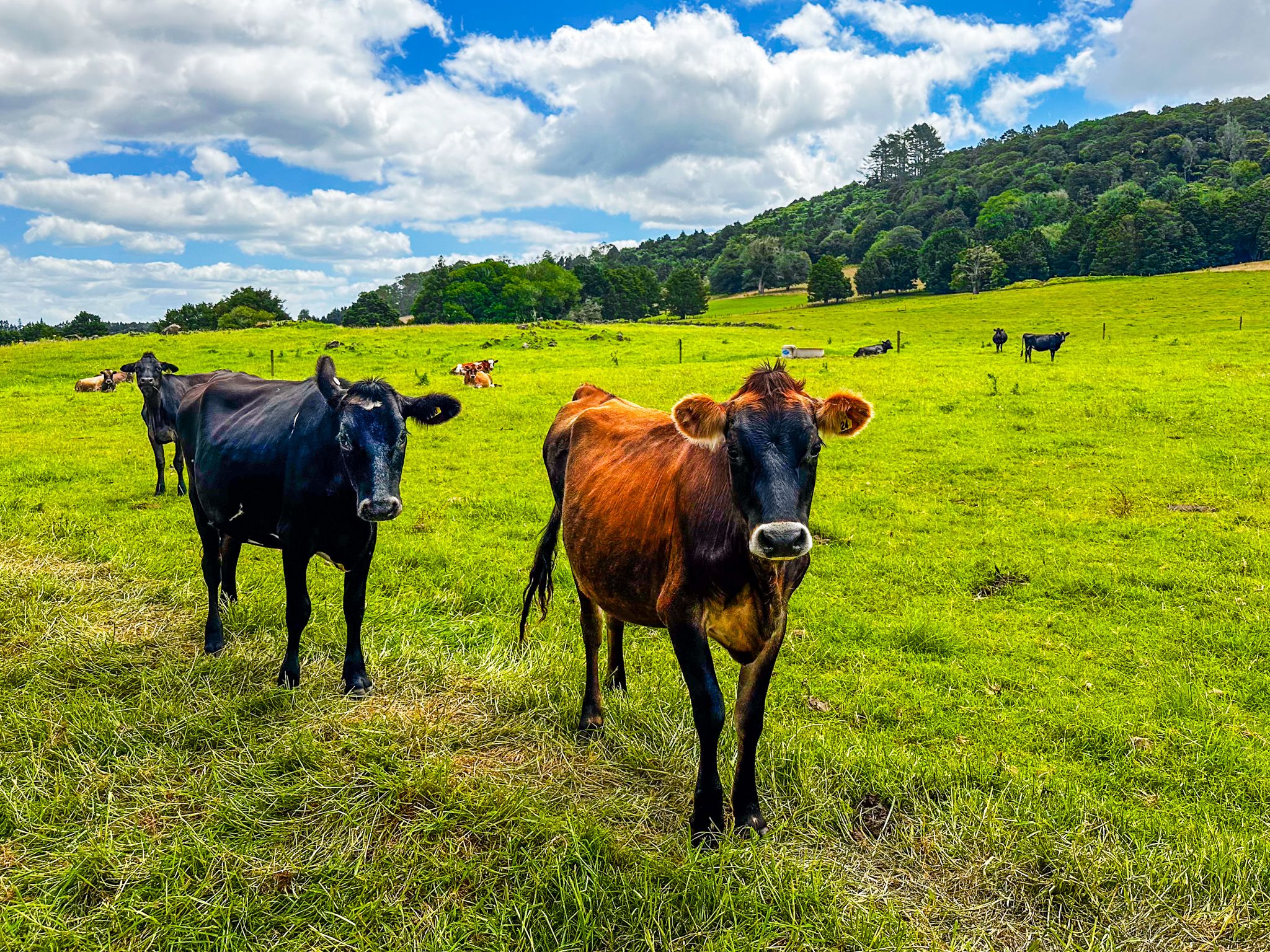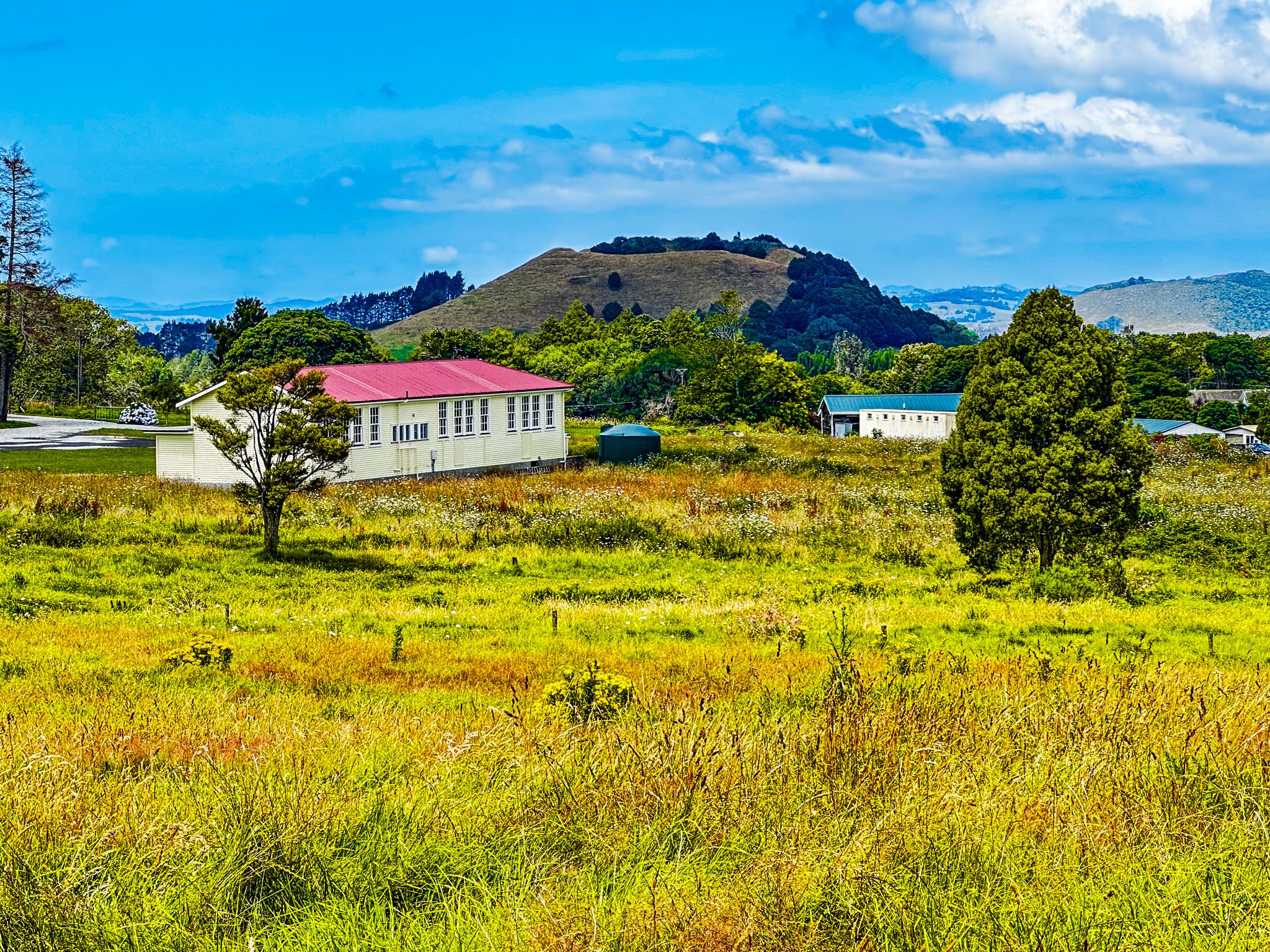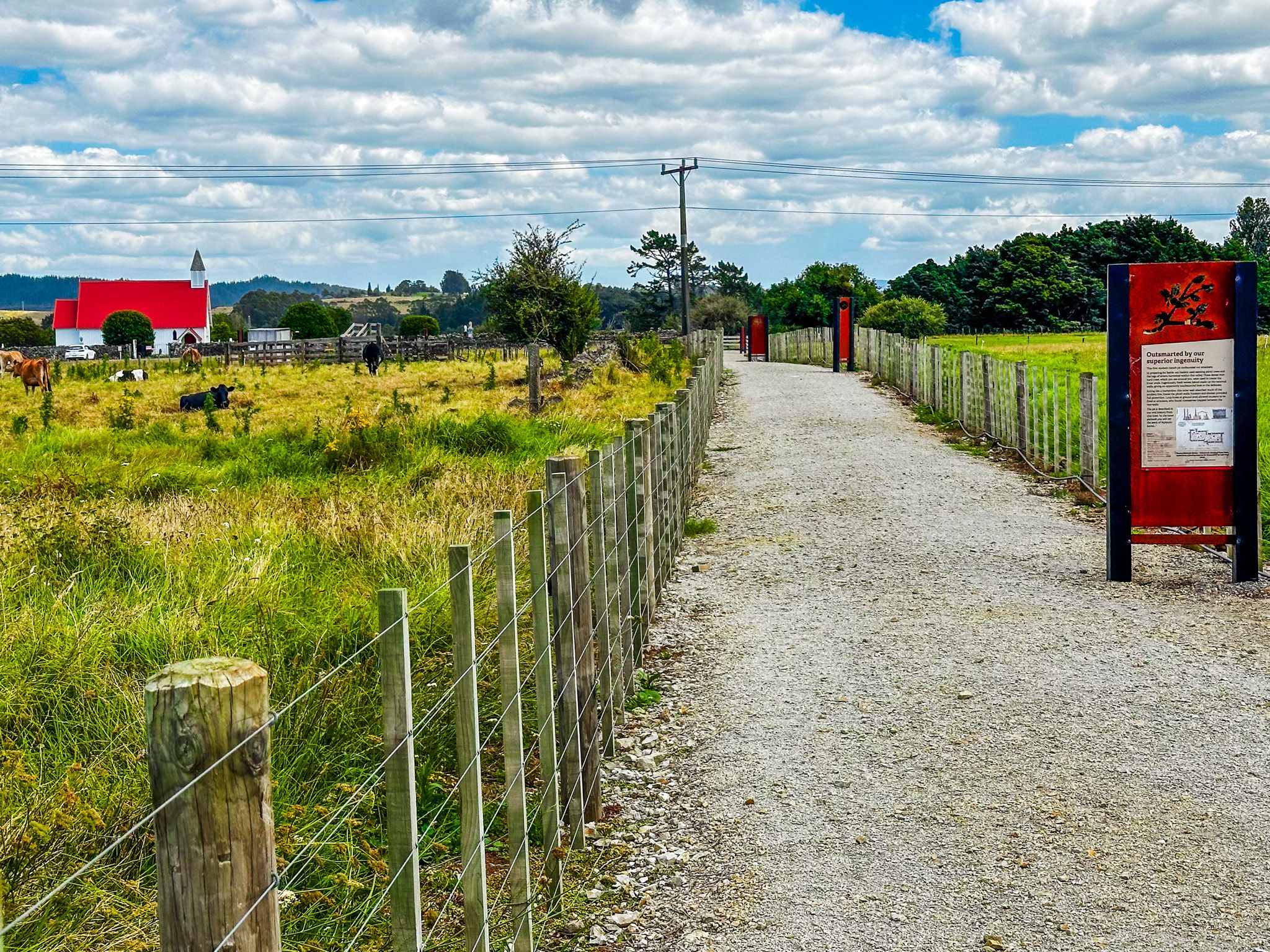The site of the historic Battle of Ōhaeawai is between the Bay of Islands and the Hokianga. You will find a gated access road off State Highway 12 between the tiny settlement of Ngawha and the turnoff to Ngawha Springs. There is a signpost for Te Whare Karakia O MIikaera / Saint Michael’s Anglican Church. Go through the gate and drive to the church, which occupies the pā site central to the battle. From the church, you can follow a path with information boards that explain the historical context and events of the battle. The hill to the north is where the Government army placed their canons. Towards the path's end are two magnificent ancient puriri trees. Puriri wood was an important element in the pā’s resistance to cannon fire.
The Battle of Ōhaeawai was the fourth of five significant battles from March 1845 to January 1846, known as the Flagstaff War (or Northern War). It was between Māori rebels and the NZ government, backed by Māori loyalists. Both Māori groups were Ngāpui. The actions resulted from breaches in the Treaty of Waitangi and other slights to Ngāpui, some of whom decided to rebel, led by Hōne Heke and Te Ruki Kawiti. Tāmati Wāka Nene led the loyalists.
The war started with an attack on Kororareka, which rolled to the west as rebel forces retreated to their hinterland near Lake Omapere. Overall, the battles were indecisive, although the rebels were outgunned. Māori had become adept at building fortified pā to withstand gun and canon fire during the Musket Wars. By the Battle of Ōhaeawai it was a case of the rebels selecting where next to build a fortification to tempt their enemies to come and attack. Kawiti agreed with the Ngatirangi chief, Pene Taui, that the site would be Taui's pā at Ōhaeawai. Hōne Heke was wounded in the Battle of Te Ahuahu and did not participate.
In the middle of winter, the Government army led by Lieutenant Colonel Despard marched from Kerikeri to nearby Te Waimate in terrible weather and conditions. Wāka Nene arrived with 250 Māori loyalists and did not hear Despard describe them as savages, fortunately for Despard!
The combined army arrived at Ōhaeawai pā on 23 June and oddly had the advantage of high ground overlooking the pā. They spent three days bombarding it with canons, which had no impact. Despard was keen to try a frontal assault, but Wāka Nene persuaded him to wait for a bigger canon. However, the defenders launched a surprise attack from the pā and captured a Union Jack. It was hoisted upside down below their flag, a Kākahu (Māori cloak).
Despard lost his mind at the insult and ordered the frontal assault. A few minutes later, 33 of his men were dead and 66 injured. The siege continued, but on the night of 7 July, the pā was secretly abandoned. British officers were so enthralled by the state-of-the-art construction of the pā they sent a model to England. Hōne Heke recovered from his wounds, and an even better pā was built at Ruapekapeka for the final battle in the war. These pā designs became known as the “gunfighter pā” in the later New Zeland Land Wars in the Waikato and Taranaki.
The pā was demolished, and the church was built many years later. There is a memorial in Māori to the Government soldiers who died that translates as “This is a sacred memorial to the soldiers and sailors of the Queen who fell in battle here at Ohaeawai in the year of Our Lord 1845. This burying place was laid out by the Maoris after the making of peace.”


